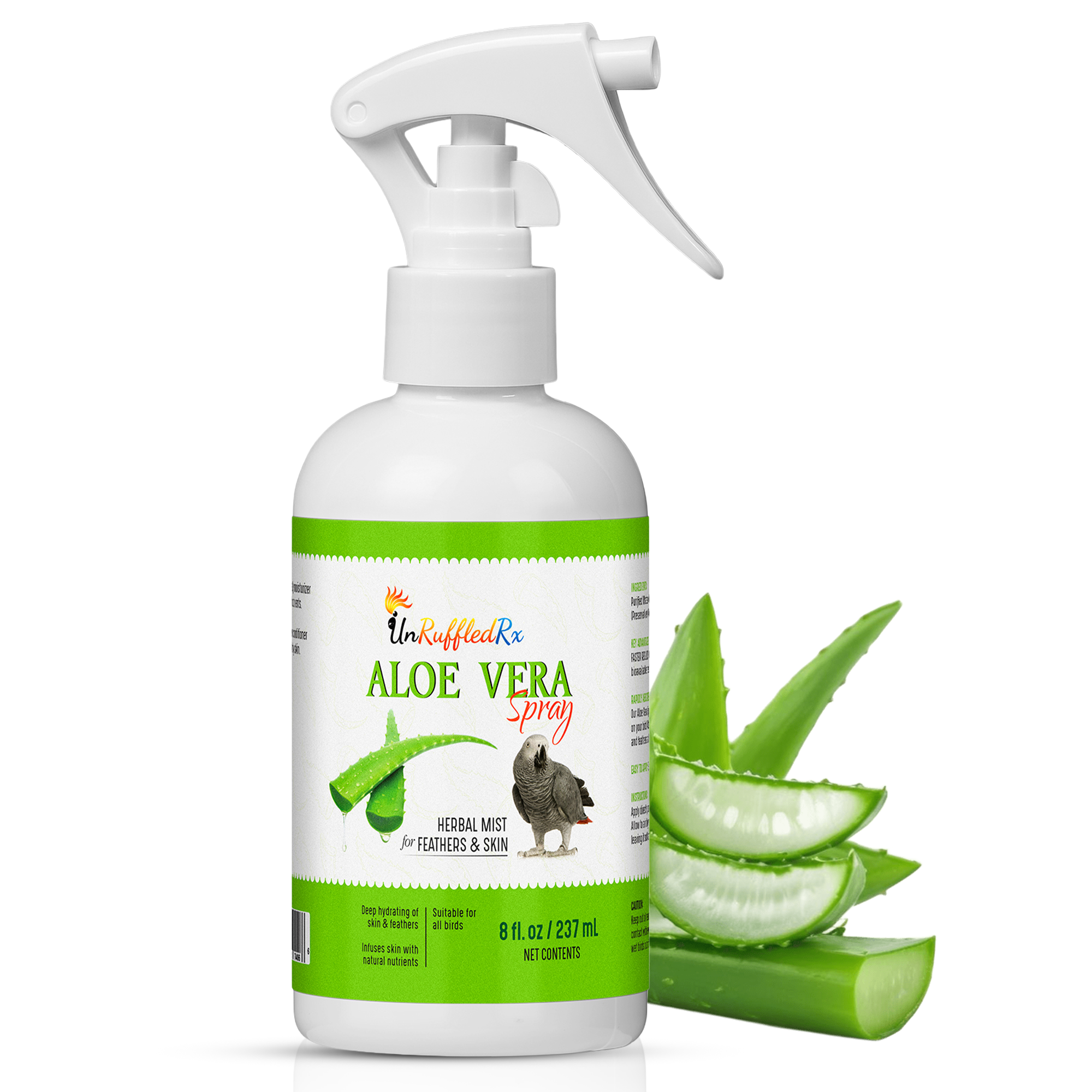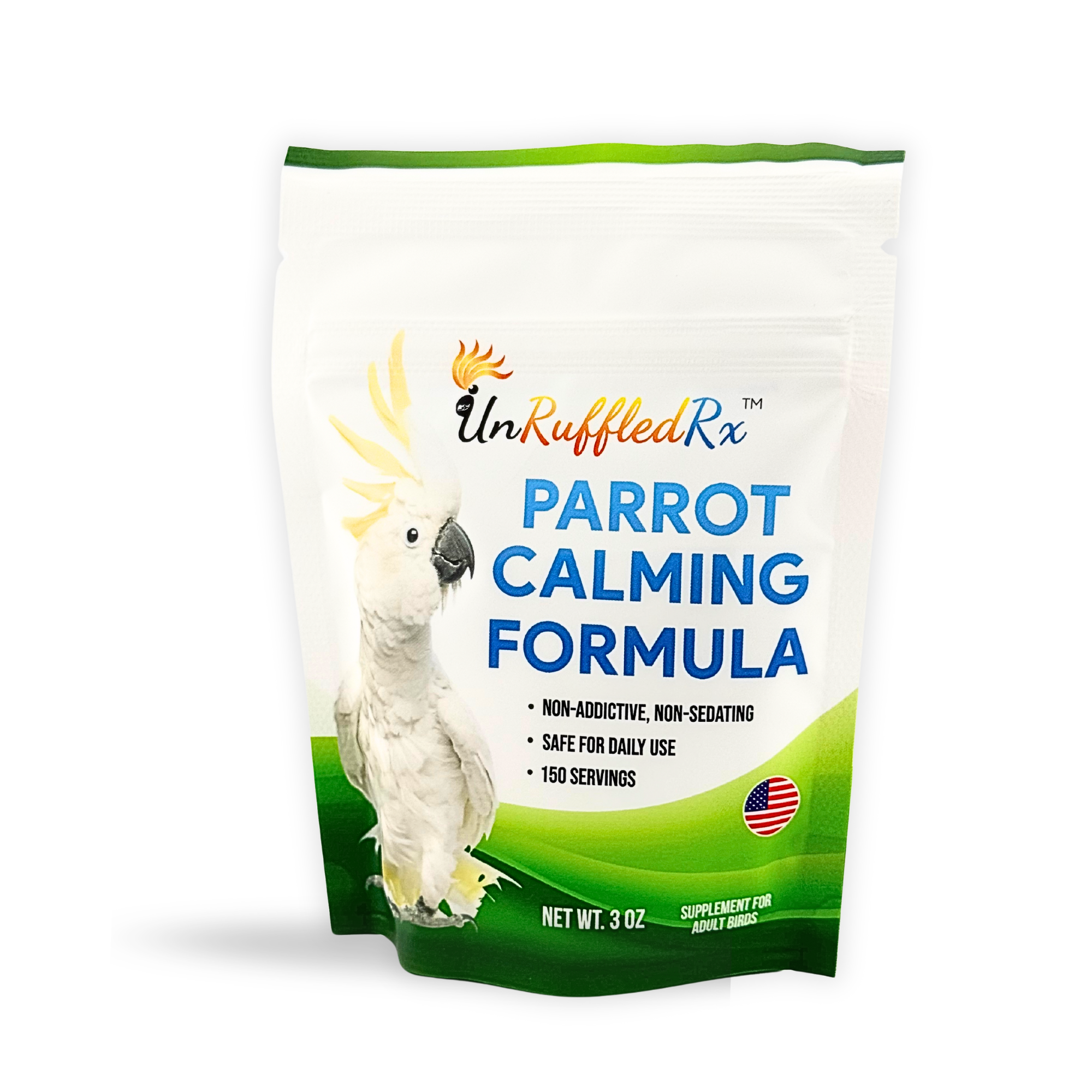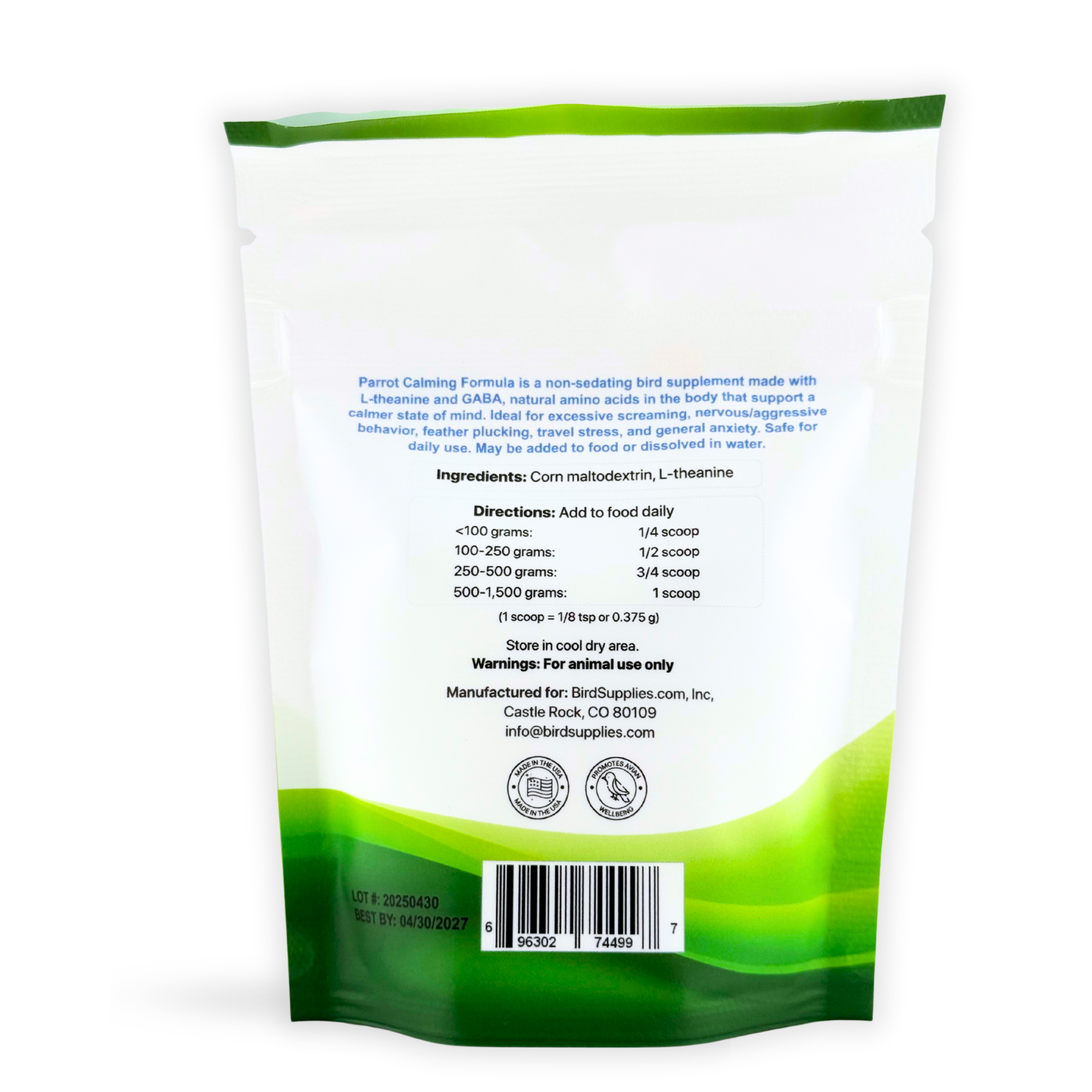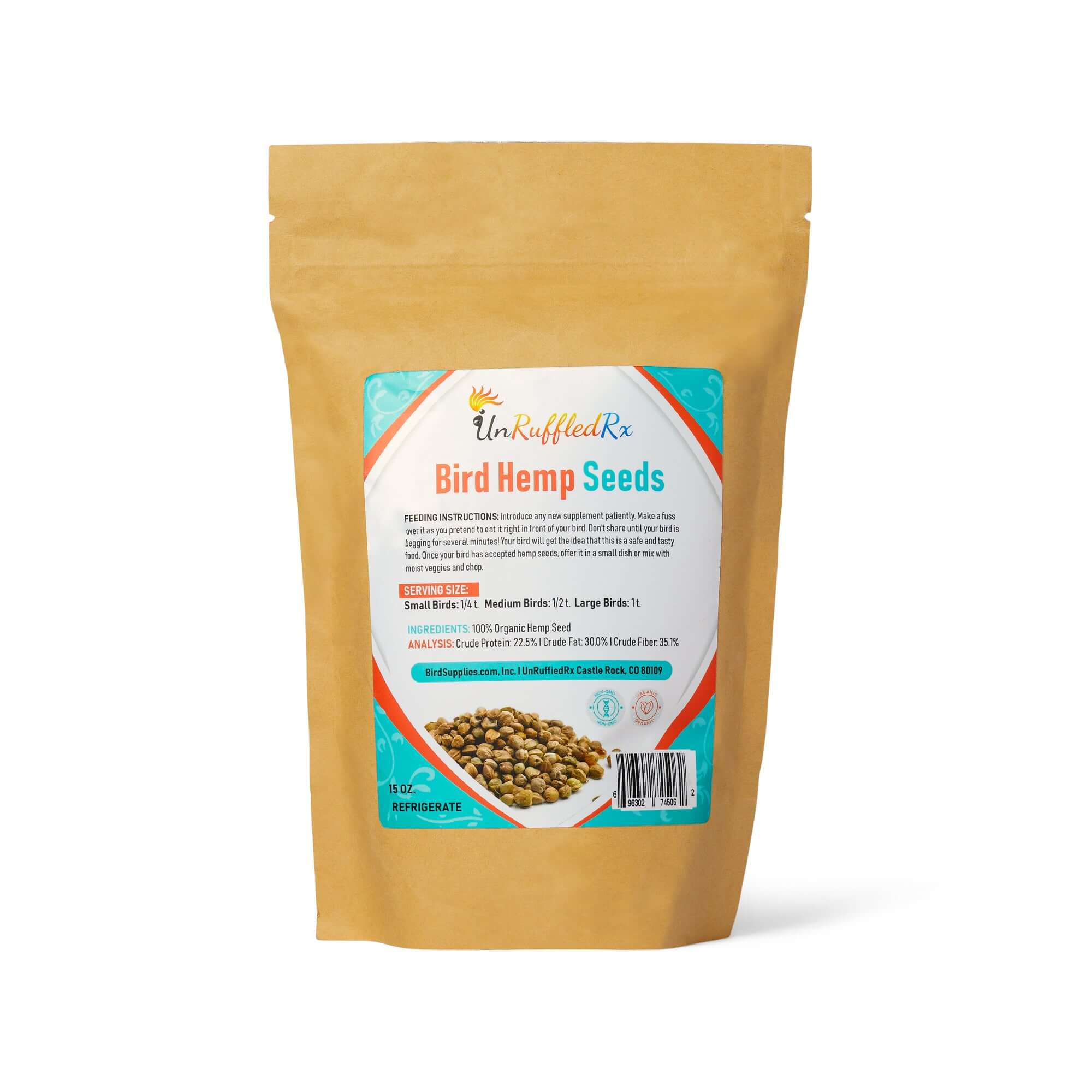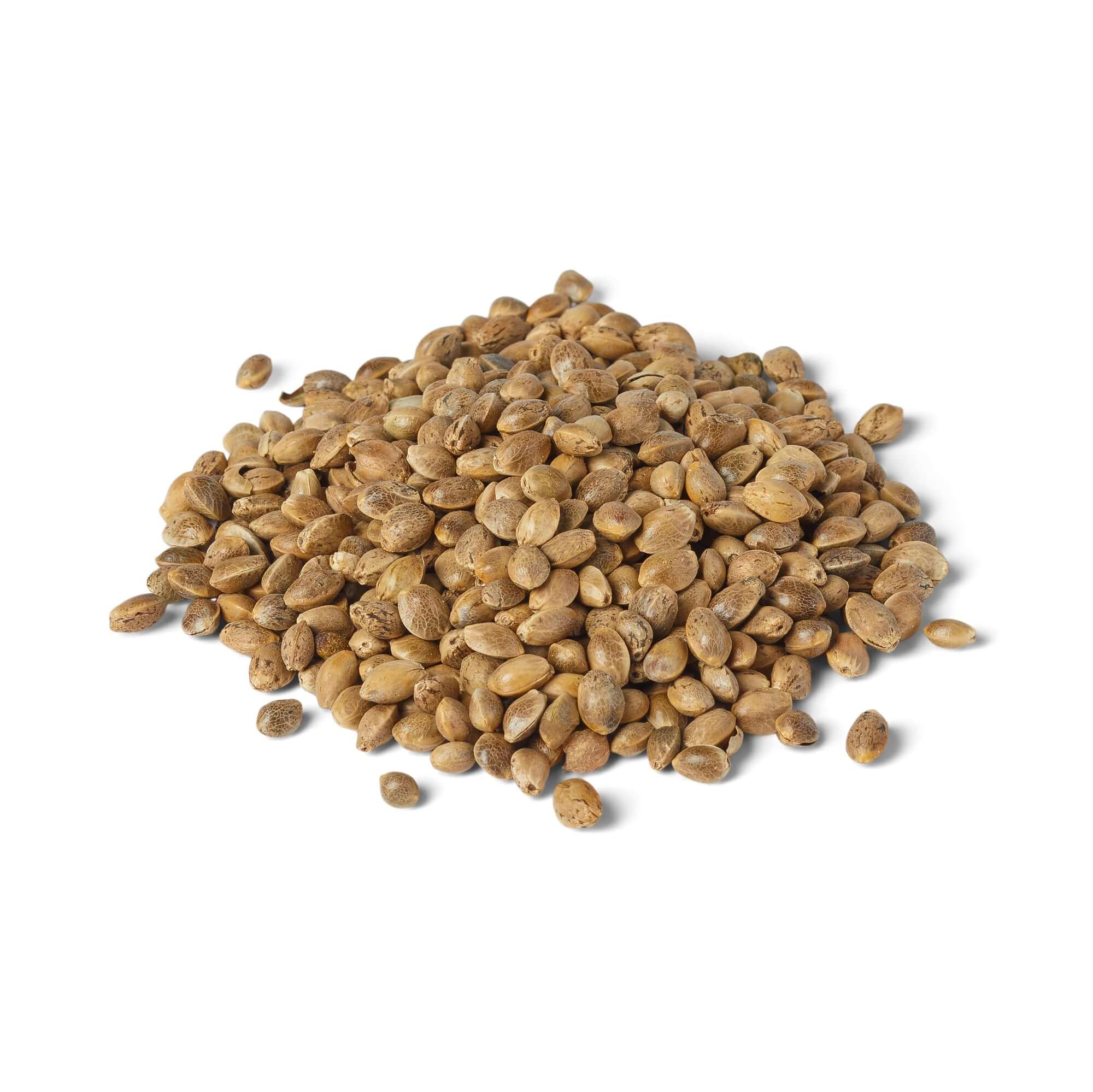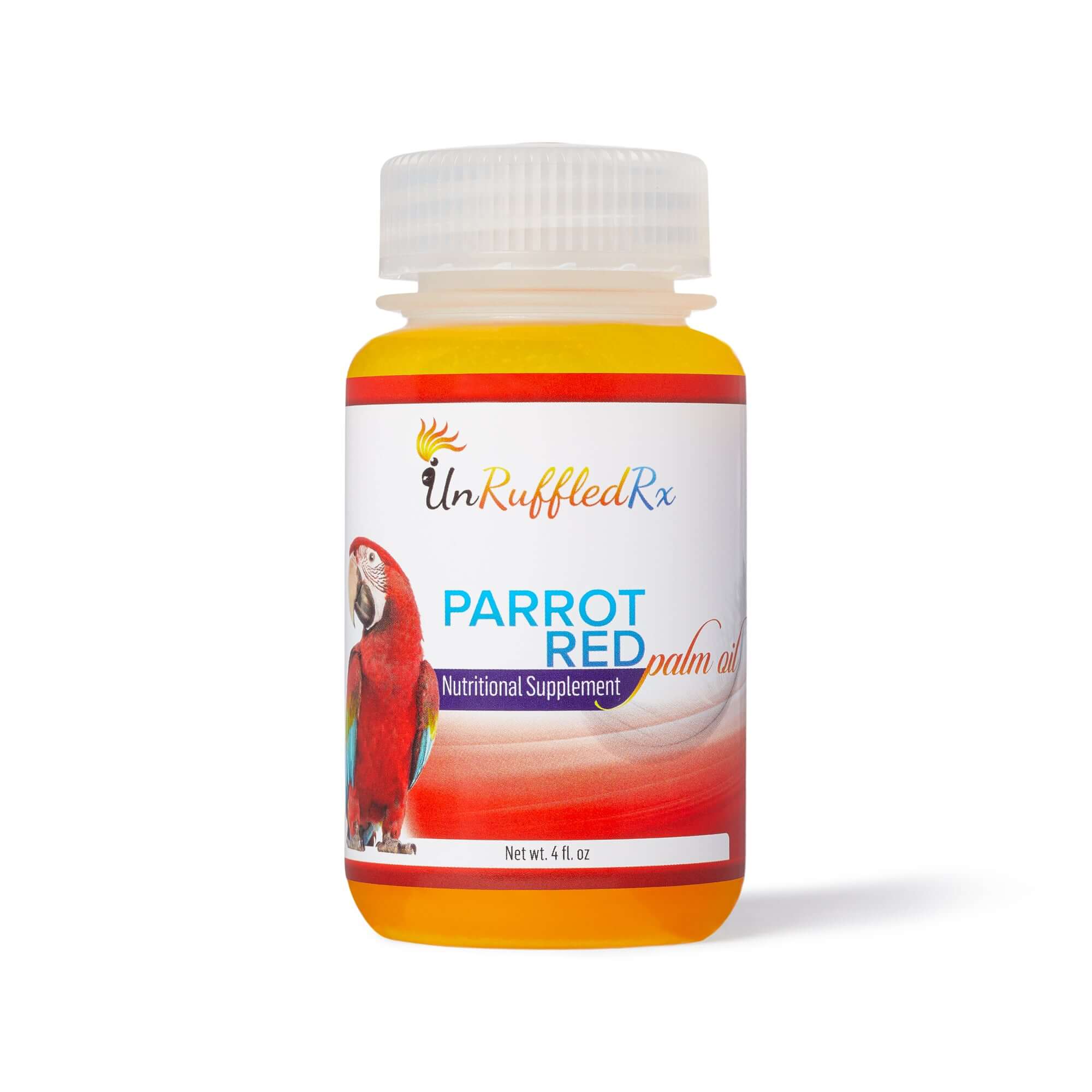Revised: June 8, 2024
Table of Contents
Types of Bird Feathers Chart & Feather Structure
Basic Bird Feather Structure
Bird feathers are intricately structured and begin with the main shaft, known as the rachis, which runs down the center. Branching out from the rachis are smaller branches called barbs, and extending from these are even tinier branches known as barbules. These barbules interlock tightly, creating a smooth and cohesive surface.
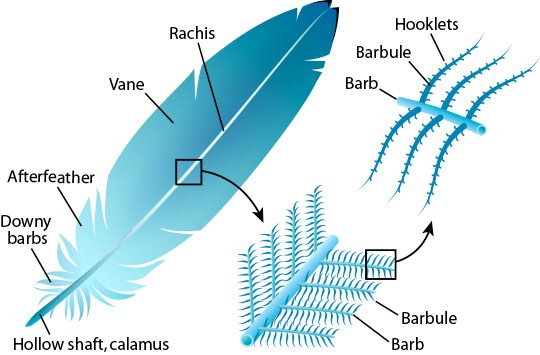
Feathers are composed of keratin, a protein that is also found in human hair and nails, providing strength and flexibility. This composition, along with the arrangement of the rachis, barbs, and barbules, lends feathers their unique combination of lightness and durability.
At the feather's base lies the calamus, or quill, a hollow part of the rachis that anchors the feather securely into the bird's skin. This firm attachment is essential for the feather's various functions, whether in flight, display, or protection.
Maintaining a bird's overall health, including skin health, is critical in preventing bird feather picking and ensuring they have healthy feathers.
Five Key Functions of Feathers
Feathers are not just for show; they serve several crucial functions that help birds thrive in their environments. Here’s how:
Protection
Feathers shield a bird's skin from sun damage, weather elements, and physical injuries. They act as a protective barrier that guards against environmental hazards.
Insulation
Feathers keep birds warm in cold weather and cool in hot weather by trapping air close to the body. This insulation is essential for maintaining body temperature in varying climates.
Flight & Balance
Wing and tail feathers are key to flight. Wing feathers allow for lift and propulsion, while tail feathers provide stability and steering capabilities during flight
Camouflage
Feathers can help a bird blend into its surroundings to avoid predators. Their colors and patterns match the environment, making it harder for predators to spot them.
Communication
Birds use feathers to communicate with each other. Brightly colored feathers can be displayed during mating rituals to attract partners, and certain movements can signal warnings or show dominance.
So, if you thought that feathers are just fluff, think again! Each function is a key piece of the survival puzzle, ensuring birds don't just wing it when it comes to their well-being.
Types of Bird Feathers Chart
Birds boast a variety of feather types, each tailored for a specific purpose that aids their survival and functionality. Shahida Aziz from the Cornell Lab Bird Academy outlines these seven distinct feather types and their unique roles in a bird's life (Aziz, 2020). For more insights, you can check out her detailed presentation on SlideShare.

Here's a detailed list of the different types of feathers and their functions, written in a conversational tone that resonates with pet bird owners:
-
Wing Feathers: These feathers are crucial for flight, allowing your bird to soar and glide through the air. They're long and strong, providing lift and precise control during flight.
-
Down Feathers: Soft and fluffy, down feathers are your bird’s natural insulator. They sit close to the skin, trapping air and keeping your bird warm even on chilly days.
-
Tail Feathers: Tail feathers act like the rudder of a boat, helping your bird steer and balance while flying. They adjust to fine-tune the bird's trajectory and assist in braking when landing.
-
Contour Feathers: These are the outer feathers that give birds their smooth, aerodynamic shape and stunning appearance. They also help with waterproofing and wind resistance.
-
Semiplume Feathers: Located beneath the contour feathers, semiplumes provide insulation and fill out the bird’s profile, making it look bigger and fluffier. They're softer and more flexible, adding an extra layer of warmth.
-
Bristle Feathers: Bristles are specialized feathers usually found around the mouth and eyes, serving as sensory tools. They help detect objects close to the face and can protect the eyes from debris.
-
Filoplume Feathers: Thin and hair-like, filoplumes are hidden among the other feathers and connected to nerve endings. They act as sensors, detecting changes in feather positioning, which helps your bird manage its feather alignment for optimal insulation and aerodynamics.
Each type of feather plays a unique role in your bird’s daily health, from flying to staying warm, making them crucial for overall health and well-being.
Bird Feathers Quiz
Congratulations!
Now you know just how important healthy feathers are for your bird's well-being—here's to keeping them happy and healthy with your newfound knowledge!
Signs of Unhealthy Feathers: What Do Unhealthy Bird Feathers Look Like?
Dull
If a bird’s feathers lack their usual vibrant colors and sheen, it may indicate a diet missing essential nutrients. Dull feathers are not just less beautiful, they also offer less protection against water and can hinder the bird’s ability to fly effectively.
This may be a clear sign that the bird needs a nutritional boost of vitamin A and Omega Fatty Acids.
Stress Bars & Breakage
Stress bars are horizontal lines that can be seen on a bird’s feathers, indicating that the bird went through a period of poor nutrition or extreme stress while the feathers were growing.
These unsightly bars make the feathers more fragile and prone to breaking, a worrisome sign that the bird has experienced significant hardships.
During molting, birds need a nutrient-rich diet to support robust feather growth. Here's what they require:
|
Protein: Comprising 80-85% of feathers, a bird's diet should be high in protein, ideally between 16-20%. Foods like quinoa and lean meats are excellent sources. Essential amino acids such as lysine and methionine, found in pumpkin seeds and lentils, are vital for strong feathers.
Minerals: Trace minerals are key to feather development. Zinc, manganese, and selenium, essential for the structural integrity of feathers, can be found in nuts, whole grains, broccoli, and cauliflower.
Vitamins: Vitamins A, E, and biotin promote the growth of smooth, glossy feathers. Carrots and sweet potatoes are great for Vitamin A, nuts and seeds for Vitamin E, and eggs for biotin. These nutrients ensure birds not only look good but are insulated and agile in flight.

Feather Breakage
Frequent feather breakage or frayed feathers often result from a cramped living space or a lack of essential care, such as proper grooming or adequate nutrition. This suggests that the bird might be struggling with its environment, and adjustments are necessary to provide more space and better care.
Self-inflicted Damage
When birds pluck or chew their own feathers, it's usually a response to stress, illness, or psychological discomfort like anxiety. This self-inflicted damage is heartbreaking and signals that the bird needs more mental stimulation or possibly medical attention to address underlying issues.
Abnormal Molting Patterns
Abnormal molting, characterized by uneven feather loss or incomplete feather regrowth, can point to stress, illness, or environmental imbalances. Normal molting should be consistent and complete without leaving large areas of skin exposed. Irregular molting patterns are a strong indicator that the bird’s living conditions or health might need to be closely examined.
It’s vital to recognize these signs as they not only affect a bird’s appearance but are direct reflections of their well-being. By addressing these issues, we can help ensure that our feathered friends lead happier and healthier lives.
Common Causes of Poor Feather Condition
Nutritional Deficiencies
Proper nutrition is paramount for ensuring that birds grow healthy, vibrant feathers. A balanced diet that includes high-quality pellets should be the foundation. These pellets are specifically formulated to provide a comprehensive blend of nutrients essential for optimal feather health.
In addition to pellets, incorporating a variety of plant-based foods can significantly enhance a bird's feather quality. Fresh vegetables and fruits not only supply vital nutrients but also introduce natural antioxidants and fibers that help improve overall health. Dark, leafy greens, carrots, and berries are excellent choices that contribute to robust and shiny feathers.
For a deeper understanding of specific nutrients crucial for feather health, it’s important to explore vitamins that impact feather vibrancy and strength. Be sure to read the blog post, "8 Critical Bird Vitamins For Vibrant Parrot Feathers That Glow." This article dives deep into the essential vitamins every bird owner should know about to keep their feathered friends looking their best.
Illness and Bird Feathers Disease

Illness can have a profound effect on the quality of a bird's feathers, often signaling underlying health issues. When birds are sick, the first signs often appear in their feathers, which may become lackluster or start to deteriorate. Observing feather health can be a vital indicator of overall wellness.
Conditions specifically related to feathers, often referred to as bird feather disease, can include problems like parasitic infections, bacterial or fungal infections, and other medical issues that directly impact feather growth and condition. These conditions highlight the importance of keeping a close eye on feather health as an early warning system for broader health issues.
Regular check-ups with an avian or exotic pet veterinarian are crucial in preventing and treating these health challenges. A knowledgeable vet can detect early signs of illness through feather assessments and provide timely interventions.
Ensuring your bird receives thorough medical evaluations not only helps in maintaining their feather health but also supports their overall well-being. Every bird owner should prioritize these health check-ups to keep their feathered friends in top shape and prevent any potential complications from escalating.
Environmental Stressors
In caring for birds, it's crucial that we, as their caretakers, take active steps to modify their living spaces to align with their special physical needs. This involves a thoughtful consideration of various environmental factors that influence their well-being. Here, we outline essential adjustments to make in your home to ensure it meets the specific needs of your bird’s unique anatomy and behavior, ensuring they live happily and healthily under your care.
In caring for birds, it's crucial that we, as their caretakers, take active steps to modify their living spaces to align with their special physical needs. |
Diet: Feeding your bird isn't just a routine; it's an opportunity to boost their health and happiness with every bite. A diet rich in diverse, plant-based foods along with high-quality pellets can transform your bird’s life. Curious about a top-notch product that brings out the best in your bird's feathers? Check out Avian Naturals Chop Toppers, the perfect addition to their diet for that extra sparkle. Don't wait, enhance your bird's feather vibrancy today!
Insufficient Sleep: Birds require uninterrupted periods of darkness to achieve restful sleep, which is vital for their overall health and feather condition. Disruptive lighting or noise in their environment can lead to sleep deprivation, causing stress and negatively affecting feather growth and quality. Ensuring a quiet, dark space 10 - 12 hours each night is essential for a bird's well-being.
Lack of Exercise: Physical activity is crucial for maintaining healthy feathers. Birds that are confined to small spaces or cages without adequate room to fly and climb may show signs of feather wear, stress, and overall poor health. Providing opportunities for exercise, such as larger flight cages or supervised time outside the cage, can help keep feathers in good condition and improve a bird's physical health.
Poor Air Quality: Poor Air Quality Birds living in environments that aren't well-ventilated may suffer from airborne contaminants that dull and damage their feathers, impacting their natural beauty and function. Birds living in environments that aren't well-ventilated may suffer from airborne contaminants that dull and damage their feathers, impacting their natural beauty and function.
Incorrect Humidity Levels: Inappropriate humidity levels can make feathers too dry or too moist, leading to brittleness or fungal growth. It’s important for bird owners to monitor and adjust their bird's living conditions to ensure optimal air quality and appropriate humidity. Simple adjustments, like using air purifiers or humidifiers, can make a big difference in maintaining healthy feather conditions.
Lack of Natural Sunlight: Another common issue is the lack of natural sunlight. Birds need exposure to natural light to synthesize certain vitamins that are crucial for feather health. Without adequate sunlight, birds might develop deficiencies that lead to poor feather quality. Providing birds with safe, supervised time near a well-lit window or under appropriate artificial UVB light can help mitigate these risks.
To protect and enhance their bird's feather health, owners should be vigilant about these environmental factors. Regularly checking and adjusting the living space to create a clean, safe, healthy environment is key. This proactive approach will help ensure that their birds not only look good but are also healthier and happier overall.
Advanced Feather Care
Bird Feather Picking:
Bird feather picking is a complex issue often stemming from stress, boredom, or health problems. Addressing this behavior requires a comprehensive rehabilitation plan that includes environmental enrichment, dietary improvements, and consistent interaction.
For detailed steps on how to help your bird overcome feather picking, visit our Plucking Relief Hub. Here, you'll find expert advice and practical tips to support your bird's recovery and well-being.
Rescue Birds:
Rescued or rehomed birds often face psychological challenges due to their past experiences, making gentle and patient care essential for their recovery.
Establishing trust and providing a comforting environment are key steps in helping these birds adjust to their new homes.
For comprehensive guidance on nurturing and rehabilitating birds who have endured trauma, please visit our Plucking Relief Hub. Here, you'll find specialized resources and expert advice tailored to support the healing journey of rescued and rehomed birds.
Senior Birds:
Senior birds often face unique health challenges and may experience discomfort as they age.
It's crucial to adapt their environment to minimize stress and ensure a comfortable, accessible living space that supports their quality of life. This includes making adjustments to their habitat to accommodate decreased mobility and managing any pain they might be experiencing.
For detailed guidance on how to care for aging birds and address issues like feather plucking that may arise from their discomfort, please visit our Plucking Relief Hub. Here, you’ll find expert advice to help you provide the compassionate care your senior bird deserves.
Case Studies and Success Stories
Case study #1: Meet Archie
Meet Archie, a spirited Green Cheek Conure with a history of rehoming, who found a fresh start under Jabriel's loving care. Determined to improve Archie's overall well-being, Jabriel sought a behavior consultation that transformed Archie’s life.
Within just a few months, noticeable enhancements in Archie's engagement, activity, and feather health were evident. This heartwarming case study is a testament to the positive impact that dedicated care and proper attention can have on a bird's life.
For inspiration and practical tips on how you can also help your bird thrive, read more about Archie's journey here. Let Archie's story give you hope and guidance for nurturing your own feathered friend back to health.
Case study #2: Meet Chicky and Her Recovery Team
Discover the remarkable story of Chicky, a Rose-Breasted Cockatoo who was on the brink of being euthanized due to severe self-inflicted wounds and overall poor condition.
Fortunately, fate intervened, and Chicky was placed under the compassionate care of Jim, alongside the expert assistance of Dr. Crupi and behavioral and environmental support from myself.
Together, we tackled Chicky's complex health issues and bird feathers disease, focusing on healing her wounds and addressing the behavioral challenges that led to her self-mutilation.
This collaborative effort brought about a heartening turnaround in Chicky’s health and well-being, illustrating the power of integrated care strategies.
To learn more about Chicky's journey and the interventions that made a significant difference in her life, read the full case study. Let Chicky's story inspire you to believe in the possibility of recovery and renewal, even in the most challenging circumstances.
In conclusion...
I encourage every bird owner to view their feathered friends' health through a holistic lens. Remember, you're not just caring for a bird; you're nurturing a life that thrives on attention, proper nutrition, and a supportive environment.
If you're facing challenges with feather health, don't hesitate to reach out for help. Explore our resources, consult with avian experts, and perhaps most importantly, remain patient and empathetic towards your bird's needs.
For more insights and support, or if you need personalized advice on bird care, visit our website and get in touch. Together, we can ensure that your birds not only survive but flourish, sporting vibrant, healthy feathers that reflect their overall well-being. Let's make a positive change in the lives of our feathered companions today!
Related Posts:
The Ultimate Guide To Molting Birds
Vitamins For Bird Feather Growth
Feather Plucking in Cockatoos: Tips for a Happier Bird
References:
Aziz, S. (2020, August 31). Feathers: Types [Slide presentation]. SlideShare. https://www.slideshare.net/slideshow/feathers-types/238338197#1
parrot manual
https://www.omlet.co.uk/guide/parrots/parrots_and_disease/feather_problems
https://academy.allaboutbirds.org/feathers-article/
https://www.northernparrots.com/mobile/caring-for-your-parrots-feathers-blog740/
https://blog.londolozi.com/2018/07/15/the-fascinating-symbolism-of-feathers/
http://www.melbournebirdvet.com/birds-of-a-different-feather/ Birds of a different feather. By Dr. Colin Walker BSc, BVSc, MRCVS, MACVSc(Avian health)
Essential Vitamins for Bird Feathers: Healthy Bird 101. (n.d.). Retrieved from https://birdscoo.com/care/bird-feathers-vitamins
Author Unknown. (2017, July 26). Identifying and managing stress in pet birds. Pet Doctor Vet. https://petdoctorvet.com.au/latest-news/birds-stress-identifying-managing-stress-pet-birds/
Link to this blog:
Burroughs, D. (2024, June 8). Why do my bird's feathers look bad? Feather Health 101. Bird Supplies. https://birdsupplies.com/blogs/news/why-do-my-birds-feathers-look-bad
Diane Burroughs, LCSW is a licensed psychotherapist trained in ABA therapy techniques. She specializes in avian anxiety disorders and is certified in Nutrition For Mental Health. Diane has written a number of bird behavior books and she offers behavior consultations. She's developed a range of UnRuffledRx Science-backed Parrot Wellness Supplies.
Diane's products have been featured in the Journal of Avian Medicine and Surgery and at Exoticscon, a conference for exotic pet veterinarians. Her bird collars & supplements are stocked in avian vet clinics and bird stores throughout the US. With over 30 years in the field of behavior, Diane has created thousands of successful individualized behavior plans that help pets thrive.
TAGS: #BirdFeathers #BirdFeathersDisease #TypesOfBirdFeathersChart
SHARING IS CARING! PLEASE SHARE ON YOUR FAVORITE SOCIAL MEDIA NOW!






